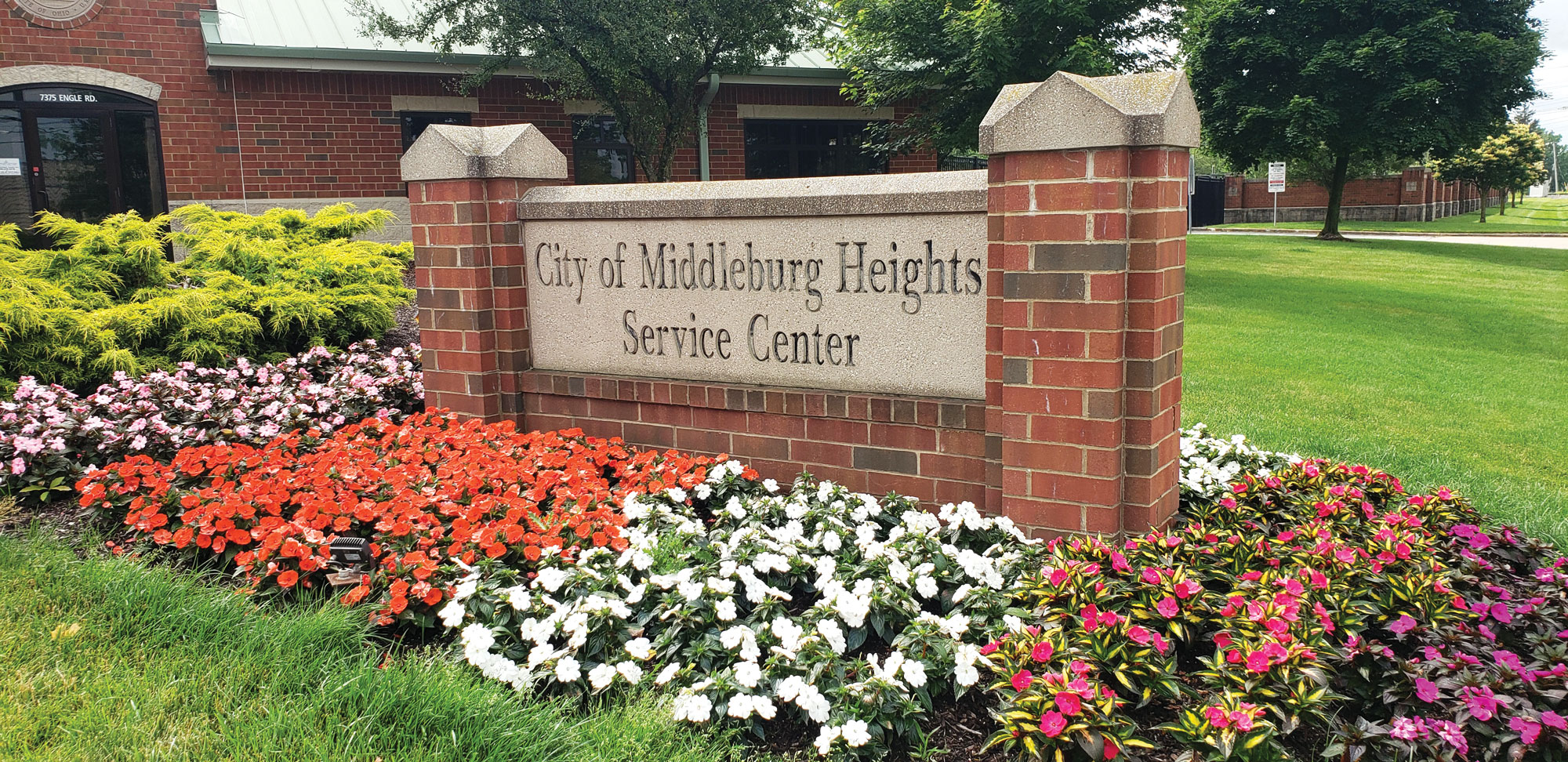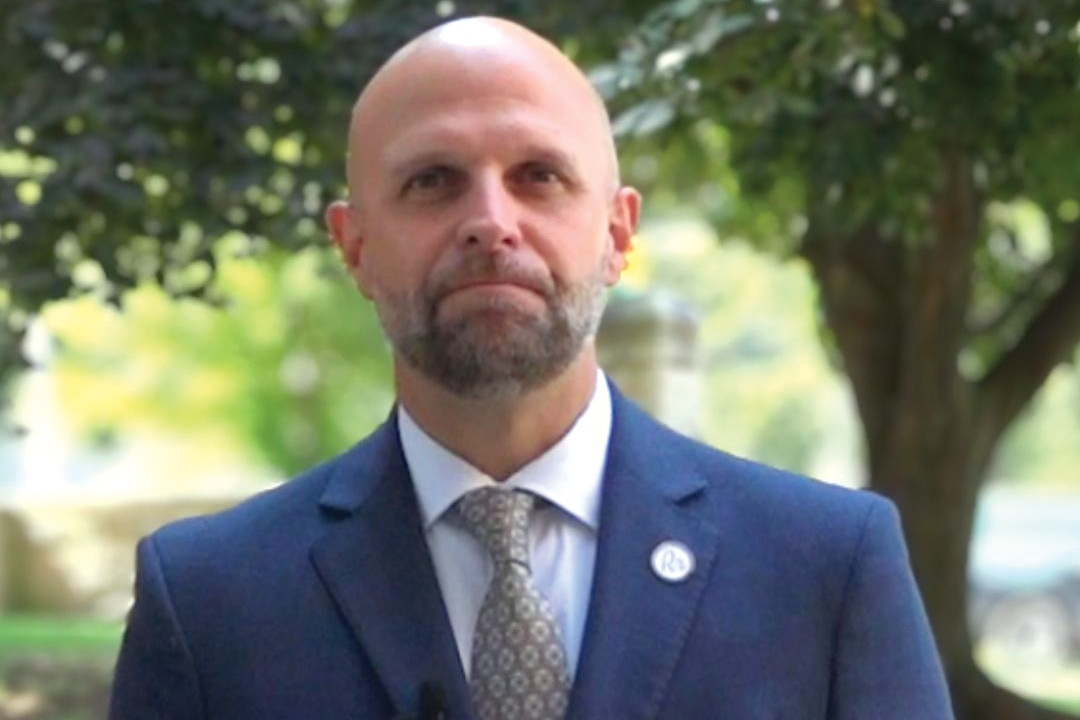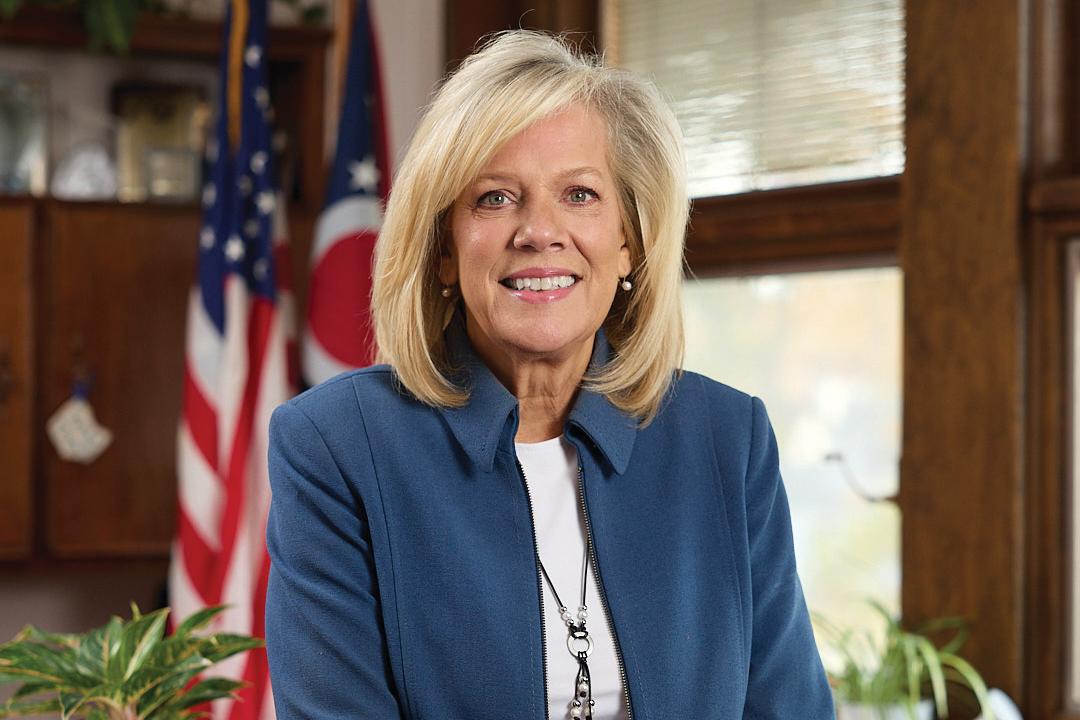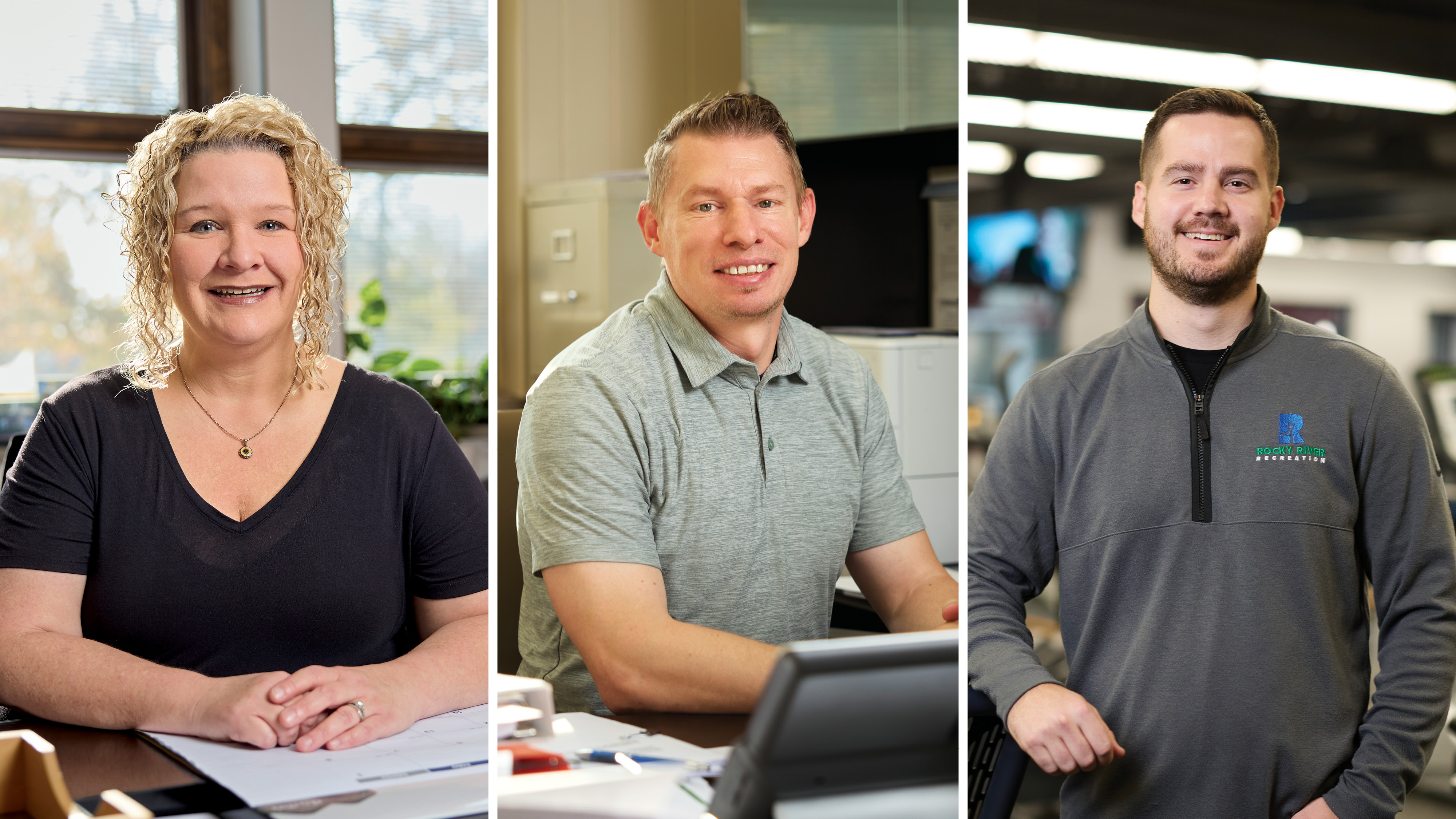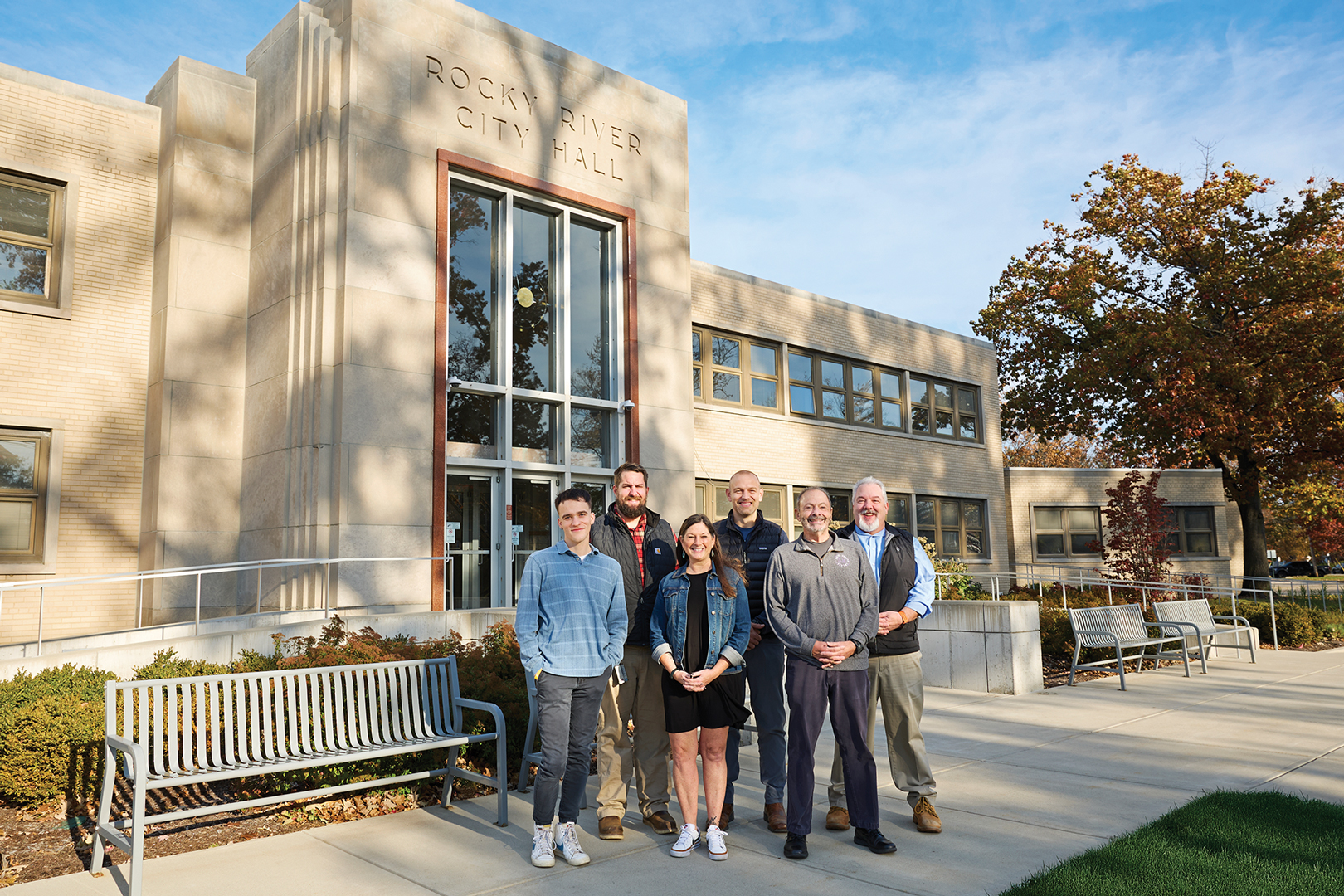Faces of Middleburg Heights
Meet Mark W. Barker, president at Interlake Maritime Services, and Briant Galgas, Middleburg Heights Fire Chief.
by Kristen Hampshire — Partnership Content | Jul. 12, 2023 | 4:00 PM
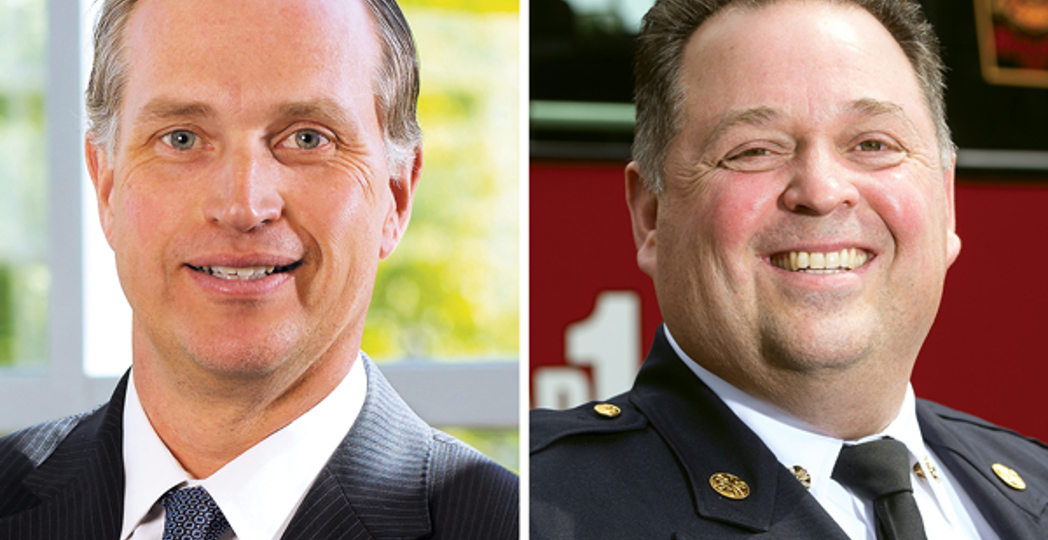
Ken Blaze
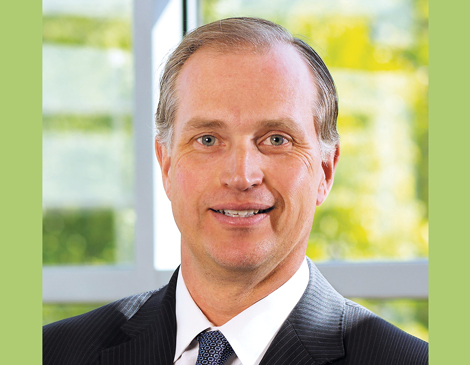
Mark W. Barker, President, Interlake Maritime Services
It’s the cleanest, most efficient form of moving goods throughout the Great Lakes states — and we’re not talking about electric vehicles. Cargo ships in the Interlake Steamship fleet can be more than 1,000 feet long. When the largest vessel docks at Whiskey Island in the Port of Cleveland, it can drop off 700 train cars of material in a matter of hours.
At the helm is Mark Barker, second generation president of the company, headquartered in Middleburg Heights. Here, he shares his passion for the water and what it means to captain an organization with a rich past and 450 crewmembers.
Water Born. “I grew up around the ships — and I grew up on the water,” Barker says of following his passion and attending SUNY Maritime College to earn a degree in marine engineering and an Unlimited Third Assistant Engineer license. He sailed aboard vessels on the Great Lakes, Gulf of Mexico and trans-Atlantic trades before receiving a call to return to the “home port” from his father, James Barker. He joined the family business in 1996 and was named president in 2007.
Nautical Namesake. The new river-class vessel, M/V Mark W. Barker, is the first bulk carrier to be built on the Great Lakes in more than 35 years — and the first new build for Interlake since 1981. It is 639 feet long and designed to navigate the tight bends of the Cuyahoga River. It is also the first ship on the Great Lakes with engines that meet EPA Tier 4 emissions standards. The self-unloading bulk carrier will transport all types of cargo, with capacity to hold 26,000 tons. “Having a ship named after me is both an honor and very humbling,” he says. “This ship is a reflection of our long-term commitment to water borne transportation on the Great Lakes.”
A Dedicated Crew. “People are our most important asset, and with our team, we operate these gigantic ships and deliver the building blocks of America — raw materials that pave roads, build houses and create cars,” he says. “The complexity of our ships and the amazing women and men who operate them make it look so easy when, in truth, it’s very complicated. It’s a testament to working with incredible individuals who make it all happen.”
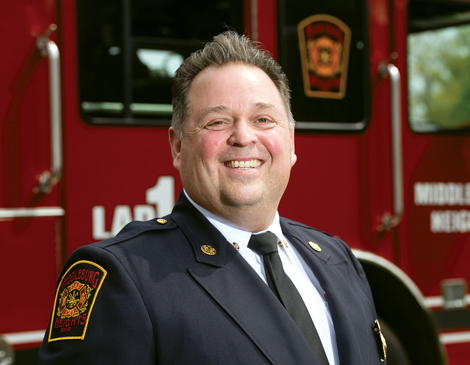
Chief Briant Galgas, Middleburg Heights Fire Department
Q: When did you discover you wanted to become a firefighter and first responder?
A: When I was a junior in college, one of my buddies was taking the Cleveland fire test, and I thought that sounded awesome. Something clicked for me at that point. I was finishing up a degree in psychology — a helping
profession — and so it all came together and made sense to become a paramedic. I joined the Middleburg Heights Fire Department in 1995 and have served as chief for 13 years.
Q: What do you find most rewarding about the job?
A: Helping people — knowing that in their worst moments you can help them and fix whatever the problem is.
Q: What might surprise people about working for the fire department?
A: There is so much going on behind the scenes that many people do not realize. I’m not just a fireman or paramedic — I’ve worked in IT, as a scuba diver, hazardous materials technician, drone pilot. All of these additional services are a value-added way of serving the community. Also, most firefighters have other jobs they do. We’ve had vets, plumbers, painters, carpenters. They bring this background into the fire service, which makes them an even better firefighter or paramedic.
Trending
-
1
-
2
-
3
-
4
-
5



